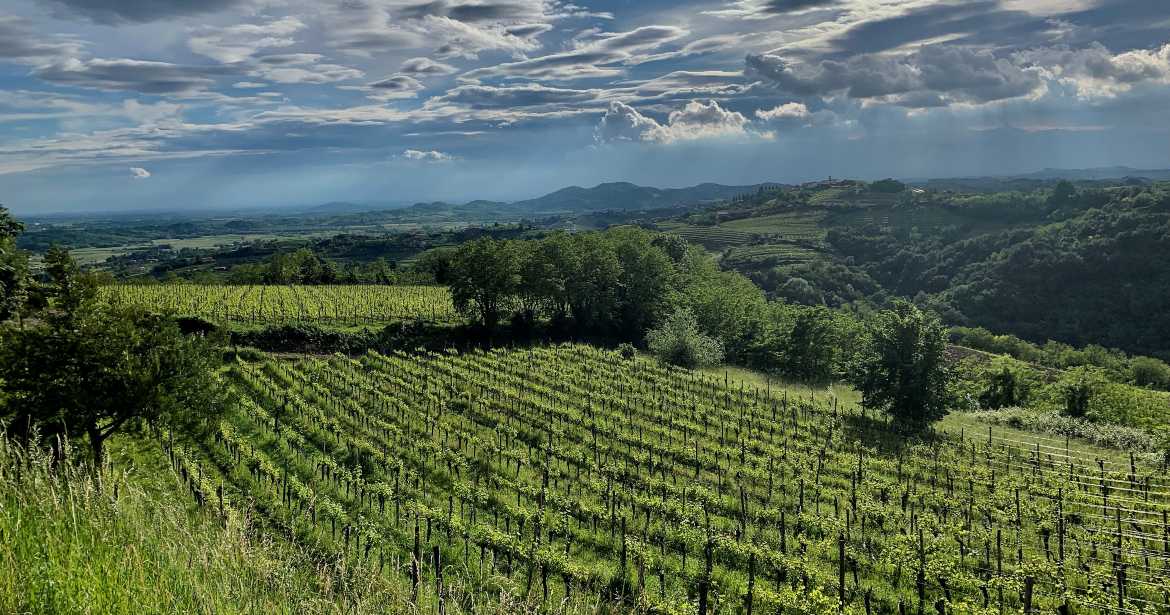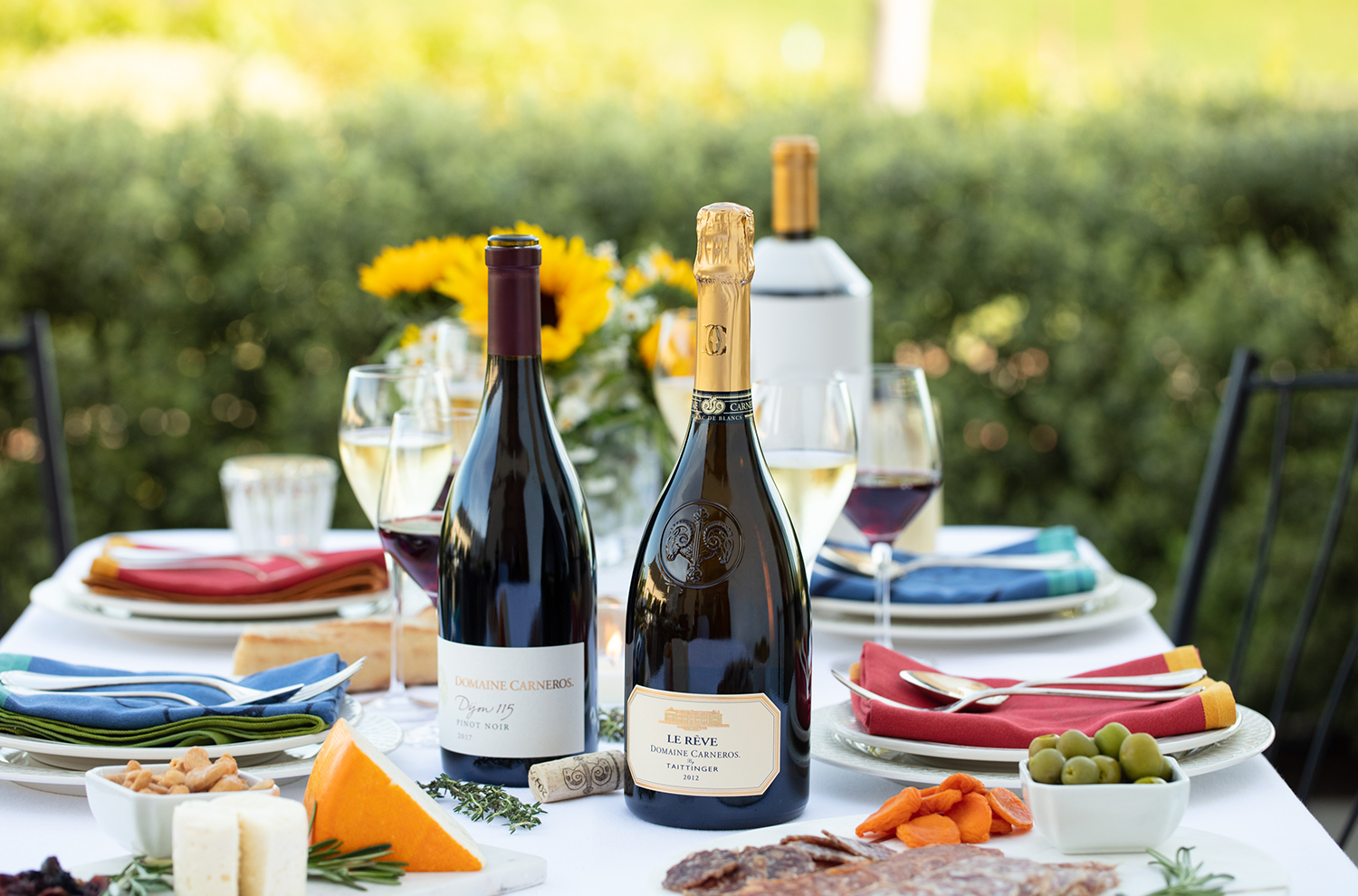One could spend a lifetime studying Italian wines and only tap the surface of its viticultural treasures. But don’t be intimidated by that abundance. Instead, consider Italian wines an open invitation to an endlessly enjoyable, exciting, and educational tasting experience. Many of Italy’s 20 wine regions have become household names abroad, but don’t overlook the charm and quality of wines being produced in under-exposed areas. From north to south, beautiful Italian wines await you.
Collio, with its elegant and expressive white wines, is a region that needs to be on your radar.
Collio and Its Incomparable White Wines
Confession: When I was invited to visit Collio, I wasn’t entirely sure where it was located. Thank goodness for Google and Italian friends. Located in the northeast of Italy, in the region of Friuli-Venezia-Giulia, Collio borders Slovenia and once formed part of the Austro-Hungarian empire. Collio is derived from the Italian word for “hillsides,” and the area’s hilly vineyards benefit from the climatic conditions created by its location between the Julian Alps and the Adriatic Sea.
Collio is renowned for white wines, crafted from indigenous and international grapes, with pronounced minerality. In Italy and beyond, they are considered some of the very best. Collio’s wines are the complete antithesis of wimpy and watery white wines. A great deal of the robustness and mineral character of Collio’s white wines can be attributed to their soils. Known as ponca, this soil is composed of marl clay from the Eocene era and is rich with mineral soils that imbue the wines with incredible texture and nuance.
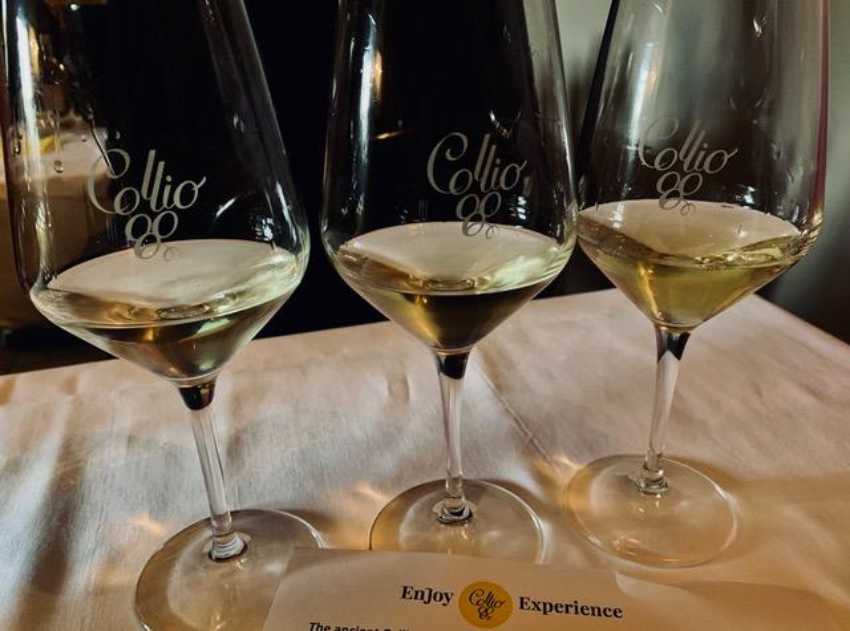
The indigenous grapes from Collio may be unfamiliar but the taste of the wines have universal appeal. These include Friulano, Ribolla Gialla, Malvasia, and Picolit. These indigenous grapes make outstanding single-varietal wines, and many of them have the potential to age beautifully. White blends, known as Collio Bianco, are also superb expressions of the region’s winemaking prowess.
Main Grapes from Collio in Friuli, Italy
I’ll defer to the Consorzio Tutela Vini Collio on their official descriptions of the indigenous varieties.
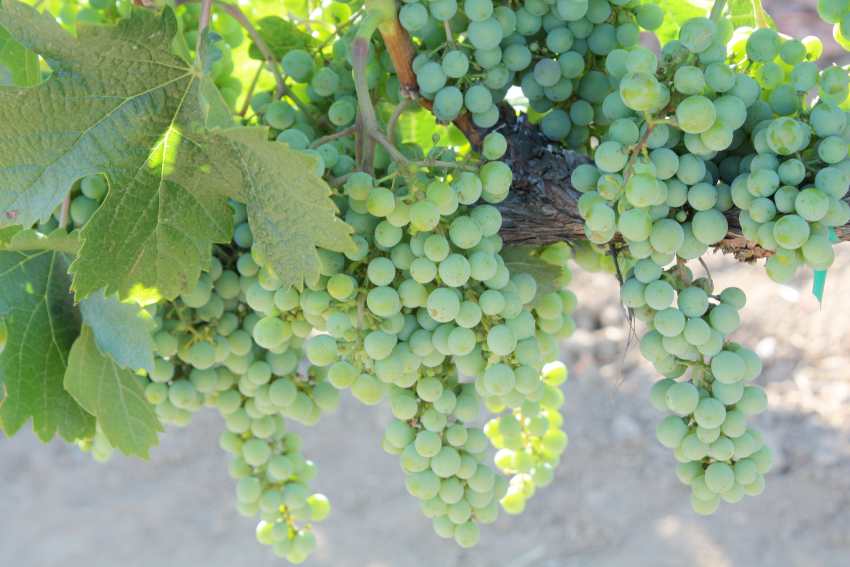
Ribolla Gialla
“This is the most ancient of the indigenous grape varieties, of which signs of centuries-old vines are still found in the micro-zone of Oslavia. The first documents which testify to its presence date back to 1300. It is of a lively straw-yellow color with characteristic hints of green and has a delicate fresh scent of vegetable and almonds. Its flavor is full-bodied and harmonious.”
Friulano
“One of the most famous and renowned wines of the area, which until 2007 was called Tocai Friulano. It is of a straw-yellow color with characteristic hints of green and has a delicate fresh scent of vegetables and almonds. Its flavor is full-bodied and harmonious.”
Malvasia
“The grape has been present for many years in the Collio region, where it has found its ideal habitat. It is characterized by a light straw-yellow color with hints of green and a clear scent that reminds one of exotic fruit and white pepper. To the palate, it is dry yet fresh, lively and full-bodied.”
Picolit
“This is a noble and very rare wine, of a straw-yellow color and more or less intense golden hints, with a pleasant and enthusiastic scent that recalls flowers of the field and acacia honey. The flavor is sweet, ample, and smooth.”
International Grapes Pinot Grigio and Sauvignon Blanc
In addition to the indigenous grapes, international varieties Pinot Grigio and Sauvignon Blanc express an astounding depth of character in Collio.
“Pinot Grigio arrives in the Collio area in the mid-1800s thanks to Count Teodoro De La Tour.[…] Pinot Grigio accounts for almost 30% of the total production and its expressions can be anything from intense golden yellow colours or with coppery reflections.”
“Sauvignon, like Pinot Grigio, reaches the Collio from France in the mid-1800s, succeeding over time to embody the typical characteristics of the terroir.[…] The different degrees of yellow reflected in the glass leaves room to the delicate, characteristic and harmonious flavors.”
Red wines are also produced in Collio, including Cabernet Franc, Merlot, and the Collio Rosso red blend.
Experience Collio and Friuli
If a trip to Italy is in your future, consider serene and beautiful Collio. Until then, take your palate on a journey and explore white wines from the region. They really are something special. Truly, if you see Collio on the label, give the wine a chance. Across the board, the quality of the wines is generally very impressive.
To assist you in selecting a wine from the region, the producer Pighin focuses on the international grapes Pinot Grigio and Sauvignon Blanc. In particular, two vineyards in the renowned regions of Friuli-Grave and Collio allow two different expressions of Pinot Grigio: Pinot Grigio Collio DOC and Pinot Grigio Friuli DOC, both made without oak contact to show true varietal character. The Collio grapes are grown in deep sandstone soils, and the Friuli wine’s grapes are grown in gravelly subsoil, which forces the roots of the vine to grow deep into the earth in search of water. As the vine struggles, its fruit grows richer, resulting in full, well-structured wine with remarkable minerality. Their Sauvignon Blanc is grown in the same zone, resulting in an elegant, fresh, full wine.
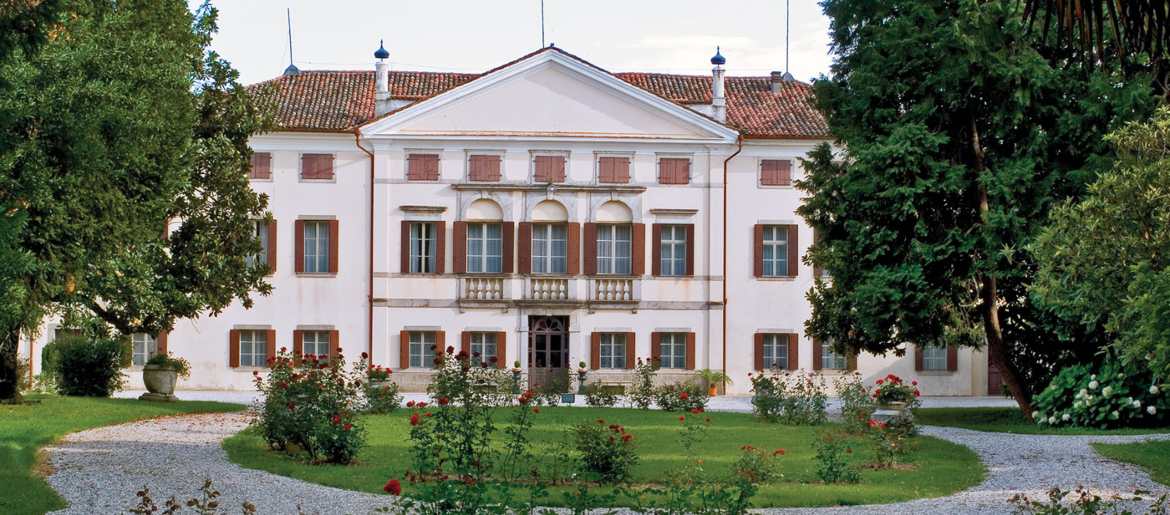
Friuli from Scratch
The framework of the Pighin story is the same as the story of the Friuli region’s enological reinvention.
The phylloxera crisis of the late 1800s, followed by two World Wars that were particularly destructive in northeastern Italy, set back viticulture so severely that the wine industry seen in Friuli today has been developed largely in the postwar years. Partly as a result of its total regeneration following the Second World War and partly due to the vision of its people, the region of Friuli-Venezia-Giulia was rebuilt from scratch starting in the early 1970s into what is today Italy’s most technically and commercially advanced wine producing area.
The recent and radical nature of this reconstruction is responsible for the extremely high level of technology evident in the region’s viticultural facilities, a factor that has contributed significantly to the superior quality of its wines.
My time in Collio was nothing less than magical. Yes, the wines and landscapes are breathtaking but there’s also a serenity that this frazzled New Yorker found extremely seductive and comforting. Every person that I met, not just the winemakers, spoke lovingly of their land and Collio’s hold on their hearts.
Matteo Bellotto was my gracious and knowledgeable guide through Collio and has written a book about the wines of Friuli Venezia Giulia: Storie di Vino e di Friuli Venezia Giulia. He is a poignant example of the character of Collio’s people. Matteo doesn’t just view wine as a product, but as an expression of Collio’s history, spirituality, culture, and respect for Mother Nature. I say amen and let’s raise a glass of Collio wine!
